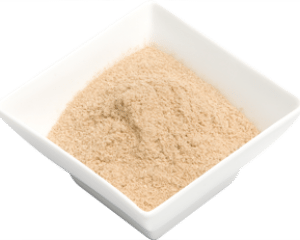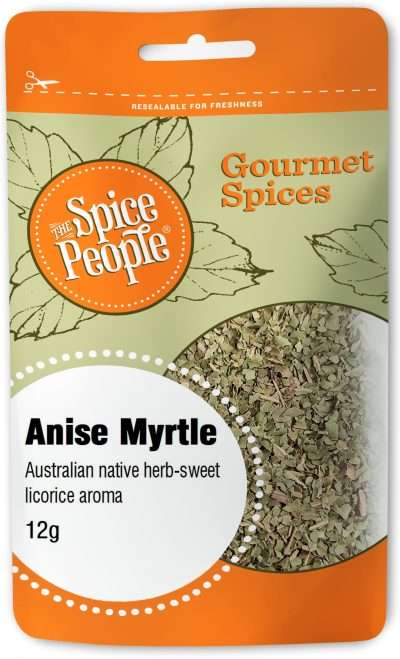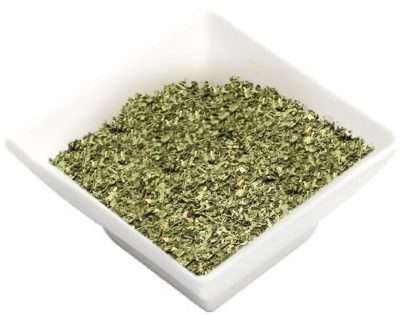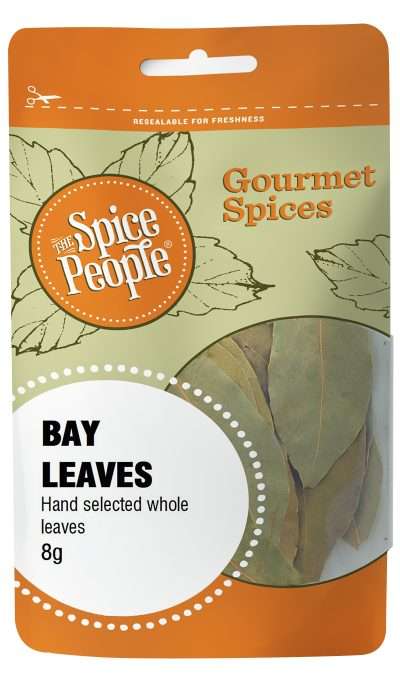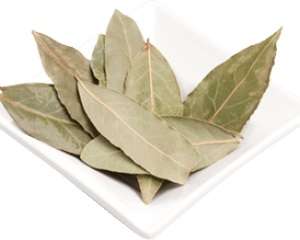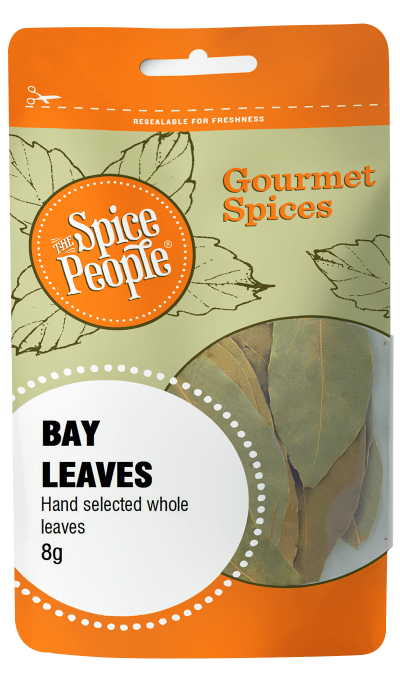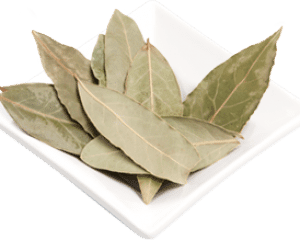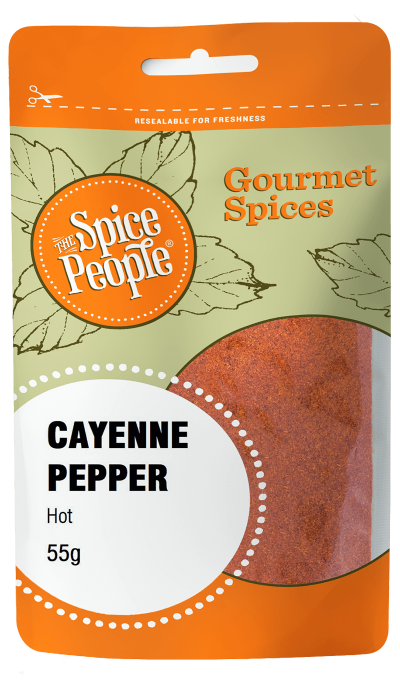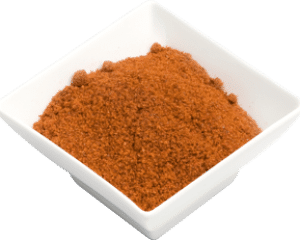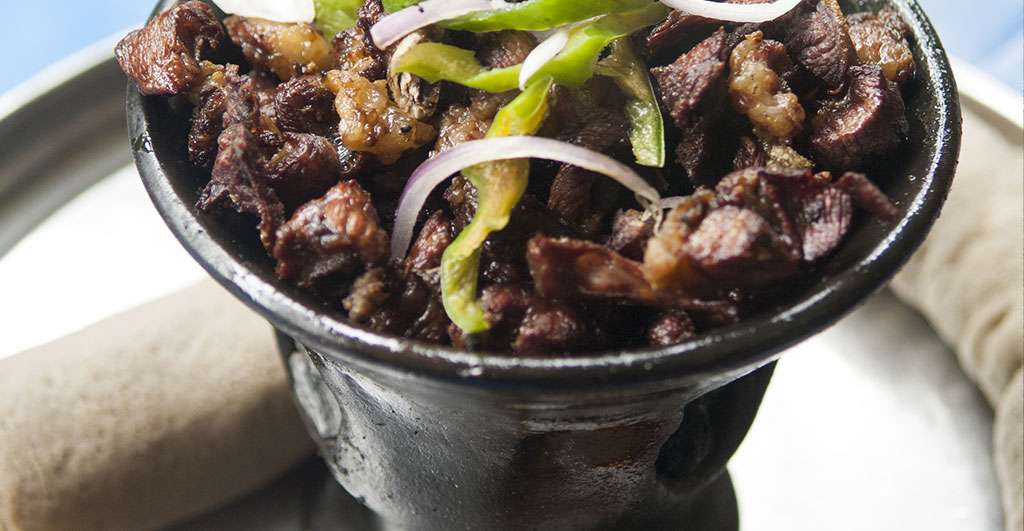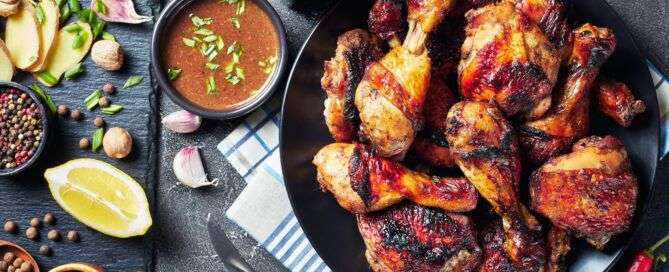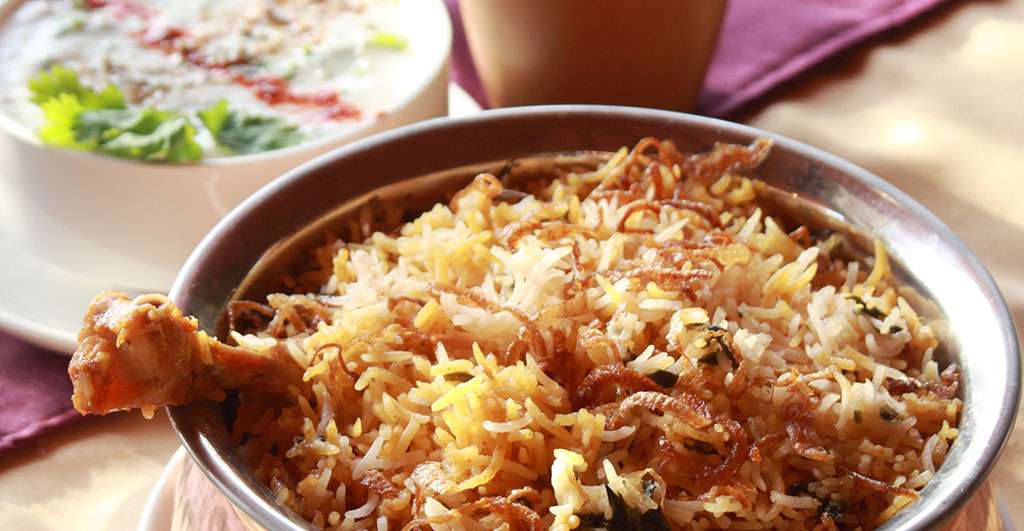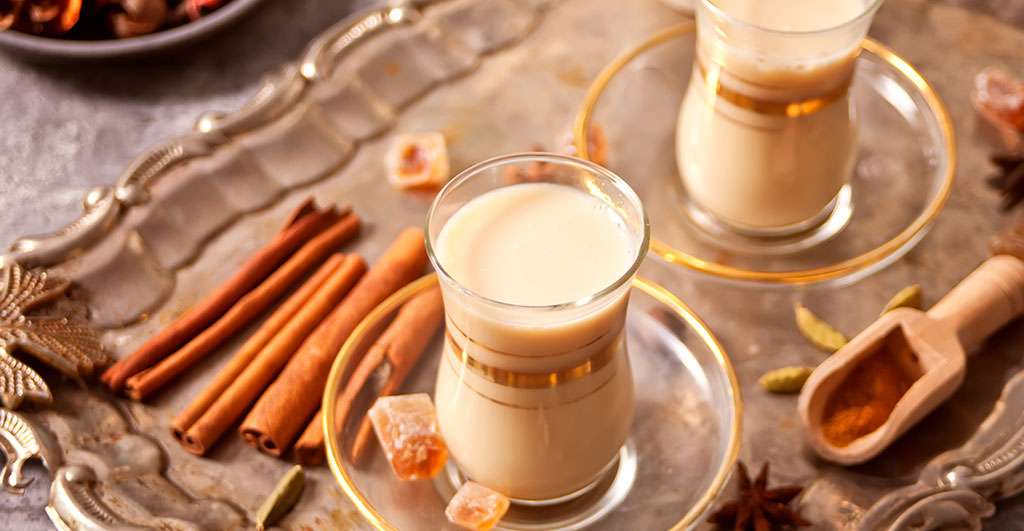Galangal Powder – 25g
161 in stock
Product description
Galangal is a close cousin to ginger, also known as Laos root. Galangal Powder is highly aromatic and is especially important for making delicious red and green Thai curry paste, Rendang curry and Malaysian Laksa. Galangal is most commonly used in traditional Asian cuisines, such as Thai and Lao tom yum and tom kha gai soups, Vietnamese cuisine and throughout Indonesian cuisine. Polish vodka is also flavoured with galangal.
Flavour Notes:
Most commonly used in Asian dishes, Galangal is a close cousin to ginger, also known as Laos root. Galangal Powder is highly aromatic and is especially important for making delicious red and green Thai curry paste, Rendang curry and Malaysian Laksa.
Culinary Notes:
Spicy, warm and super-aromatic, Galangal will impart and fragrant warmth to many dishes. Its pungent flavour and aroma is best added in small quantities and added as preferred.
Health Benefits:
Galangal contains various essential oils such as eugenol, methyl cinnamate, and galangol responsible for their many health benefits. It helps to treat nausea, indigestion, and gastritis. It has antibacterial and analgesic properties.
Ingredients:
100% dried Galangal Powder
How to use

The Spice People FAQs


The Spice People FAQs

Other Spices you may like
Featured in



Join the Spice People to Get Started on Your Culinary Spice Journey!
Be the first to hear about our exclusive promotions, new product releases, recipes and more.

